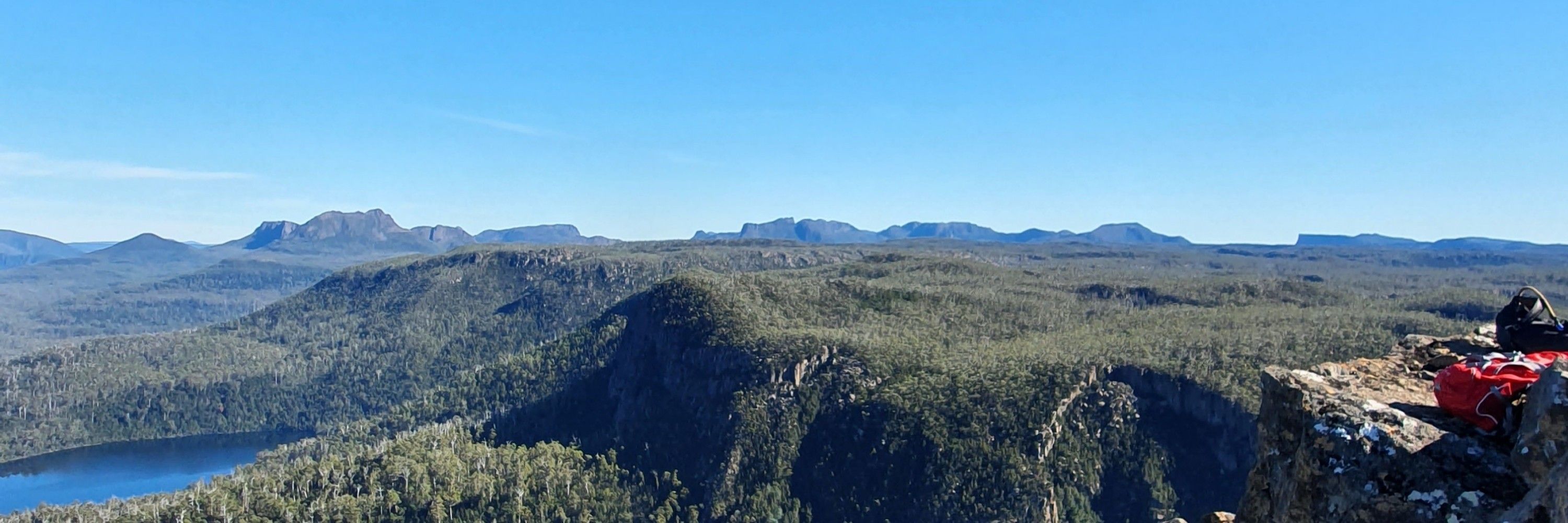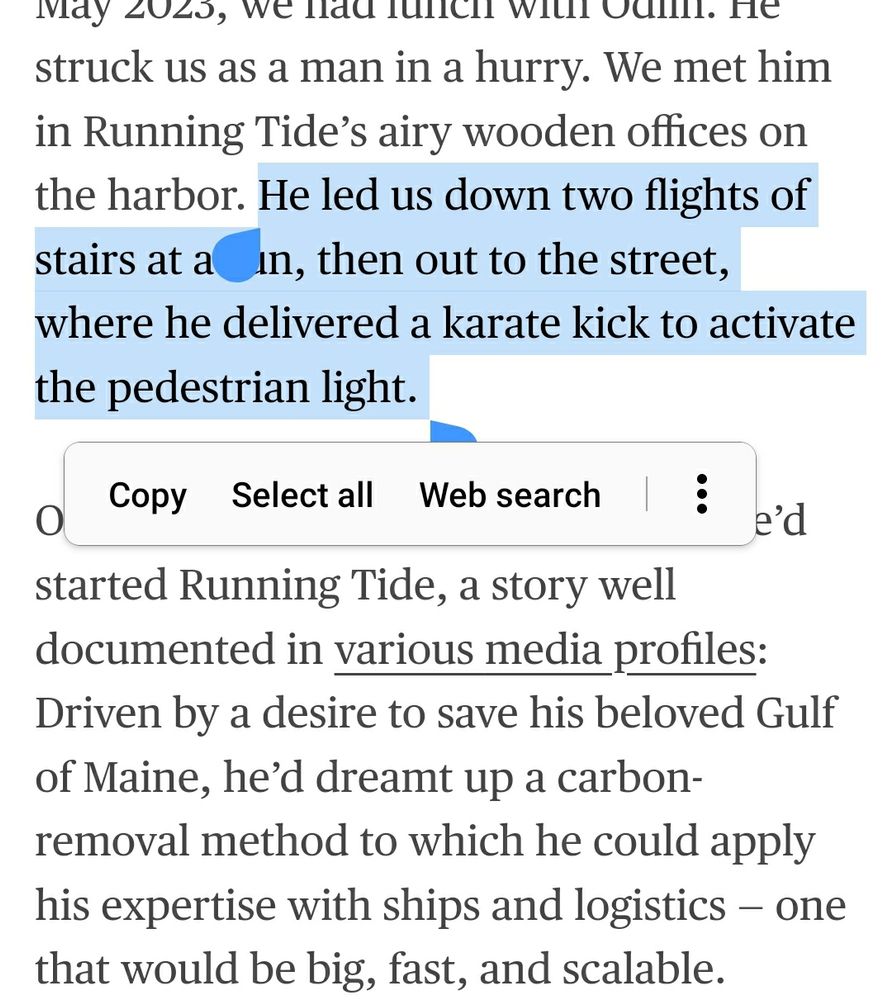
🌊
Agreed, the key benefit of OAEPIIP is bringing the OAE research community together.
onlinelibrary.wiley.com/doi/full/10....

🌊
Agreed, the key benefit of OAEPIIP is bringing the OAE research community together.
onlinelibrary.wiley.com/doi/full/10....
Possibly a net source of CO2 when the organics are respired and the solid carbonates remain.

Possibly a net source of CO2 when the organics are respired and the solid carbonates remain.
🌊
appliedbgc.imas.utas.edu.au/ocean-alkali...




🌊
appliedbgc.imas.utas.edu.au/ocean-alkali...

🌊
agupubs.onlinelibrary.wiley.com/doi/10.1029/...
🌊
agupubs.onlinelibrary.wiley.com/doi/10.1029/...
🌊


🌊

A short intro to everyone's expertise.
👇🌊

A short intro to everyone's expertise.
👇🌊
$3.32 return on every funding dollar by the Australian Research Council over a 20 years horizon.

$3.32 return on every funding dollar by the Australian Research Council over a 20 years horizon.
Let's see if we find something interesting in the emerging data.
Thanks to Damon Britton, @mpelletier.bsky.social and @nadlehmann.bsky.social for pushing boundaries.

Let's see if we find something interesting in the emerging data.
Thanks to Damon Britton, @mpelletier.bsky.social and @nadlehmann.bsky.social for pushing boundaries.
In the conclusions of his paper @mtyka.bsky.social implicitly makes the point to reconsider "atmospheric carbon dioxide removal" as "anthropogenic carbon dioxide removal" (in much more elaborate and complete way).

In the conclusions of his paper @mtyka.bsky.social implicitly makes the point to reconsider "atmospheric carbon dioxide removal" as "anthropogenic carbon dioxide removal" (in much more elaborate and complete way).
🌊

🌊
www.youtube.com/watch?v=1rOD...

www.youtube.com/watch?v=1rOD...


Thus, the main progress in the LULUCF sector is from stopping to chop down trees (e.g. by paying "avoidance credits" to land owners). The problem is that short-term CO2 or other greenhouse gas sources and sinks are mainly compared with releasing CO2 from a fossil (long-term) carbon pool.

Thus, the main progress in the LULUCF sector is from stopping to chop down trees (e.g. by paying "avoidance credits" to land owners). The problem is that short-term CO2 or other greenhouse gas sources and sinks are mainly compared with releasing CO2 from a fossil (long-term) carbon pool.
So, when having a closer look at LULUCF the following becomes apparent. LULUCF was one of the major emitting sectors in 2005 (see below; compare with electricity currently emitting ~35 Mt CO2-e.). Since 2005, LULUCF has turned from a substantial source to a sink of greenhouse gases.


So, when having a closer look at LULUCF the following becomes apparent. LULUCF was one of the major emitting sectors in 2005 (see below; compare with electricity currently emitting ~35 Mt CO2-e.). Since 2005, LULUCF has turned from a substantial source to a sink of greenhouse gases.
In the other sectors, progress is moderate or emissions are increasing (here a figure including all sector except for LULUCF).

In the other sectors, progress is moderate or emissions are increasing (here a figure including all sector except for LULUCF).
However, if you look more closely into what drives the trend it is primarily the LULUCF sector (land-use, land-use change and forestry).


However, if you look more closely into what drives the trend it is primarily the LULUCF sector (land-use, land-use change and forestry).

@agdco2.bsky.social @mphumphreys.bsky.social

@agdco2.bsky.social @mphumphreys.bsky.social
Aaron almost submitted his Phd thesis 😀 and already left Tassie 😔
He is now looking for postdocs overseas, which he will get because he is great.



Aaron almost submitted his Phd thesis 😀 and already left Tassie 😔
He is now looking for postdocs overseas, which he will get because he is great.





Also, one sentence in the report made me laugh hard (I can relate 😅).

Also, one sentence in the report made me laugh hard (I can relate 😅).
It makes the point that marine biogenic carbon reservoirs (e.g. Blue Carbon, BCP) won't contribute to CDR but should be protected to not generate new emissions.
Do we need to define "sea-use-change emissions"? 🌊
www.biorxiv.org/content/10.1...


It makes the point that marine biogenic carbon reservoirs (e.g. Blue Carbon, BCP) won't contribute to CDR but should be protected to not generate new emissions.
Do we need to define "sea-use-change emissions"? 🌊
www.biorxiv.org/content/10.1...

